Few words strike frustration into the heart of the shopper quite like “unexpected item in bagging area”. The self-service till – once regarded as the pinnacle of convenience – now tops the list of everyday retail irritations. Whether it’s the shopper in front who can’t understand how to use the card machine (tip: the same way you use it at the manned tills), or the person who insists on meticulously weighing over a dozen items, there are all too many reasons why “self-checkout” is no longer synonymous with “fast checkout”.
Retailers are rapidly waking up to the growing payment malaise. Their responses vary from the simple – see Tesco’s “friendlier, more helpful” self-checkouts – to the more hi-tech, such as the latest innovation from Japan. The Panasonic “Reji Robo” system, berated in the media this morning for its job-cutting potential, will scan your entire shop in one seemingly idiot-proof step. Simply place your basket in the machine and it will scan the radio-frequency ID tags on your items to calculate the entire cost, which you can pay at the same machine using cash or card.
There are obvious reasons why this technology may never become mainstream. At between £7,200 and £14,500 per machine (presumably without the cost of radio frequency tagging all your items) it’s not cheap. The current version looks unlikely to do much for the environmental agenda, either; it bags your shopping for you with no obvious ‘bag for life’ option.
But the technology is nonetheless important, if only to show the direction retail is heading. The past few months have shown an increasing interest in automated payment options. Take last year’s unveiling of the checkout-free Amazon Go store. It may be wildly expensive and downright inconceivable for the average retailer, but the widespread media coverage showed it struck a chord with consumers. And startup tech companies are now looking to take the concept mainstream. US company QueueHop, for example, last month revealed it was testing a sensor device that can be placed on grocery baskets to calculate the cost of a shop without the need for scanning. Customers can save extra time by using the devices to pay by card (and, at $250 each, the technology may be more in the reach of the average retailer).
It may seem a distant dream for now, yet consumer attitudes show it won’t be long before this type of technology becomes a reality. Customers are already becoming increasingly intolerant of clunky checkout experiences. The fact people took to Twitter to complain about Sainsbury’s new self-checkouts shows this is an element of the experience they really care about (if only that they don’t want to spend long doing it). Not to pick on Sainsbury’s, but its delayed rollout of contactless technology provoked similar ire purely because of the extra time needed to enter your pin number.
Time-pressed consumers are clear in their message: make payment difficult, and you risk picking up the bill in lost business. Payment options may seem like a small part of the shopping experience compared with say, merchandising, price or range, but get it wrong and you risk alienating a large proportion of your customer base. So expect to see more innovation in the payment arena on the horizon. And, with a bit of luck, the phrase “unexpected item in bagging area” may soon be consigned to the past.



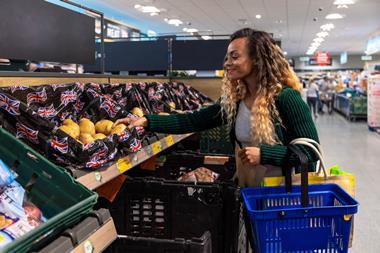



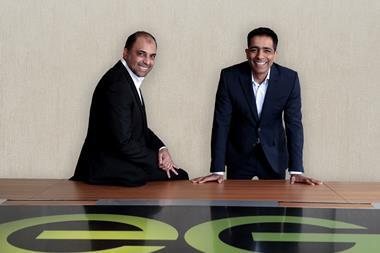

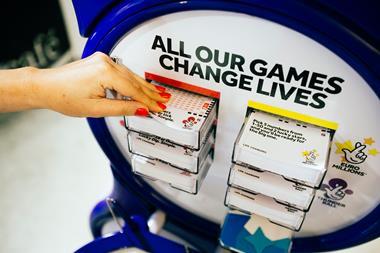
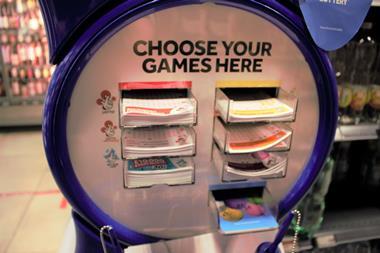



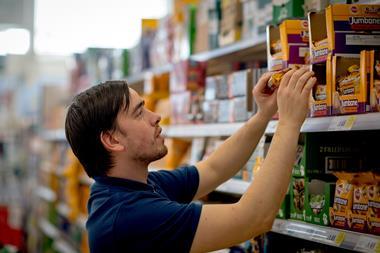
No comments yet